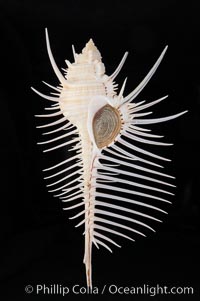
Venus comb murex. Scientists speculate that the distinctively long and narrow spines are a protection against fish and other mollusks and prevent the mollusk from sinking into the soft, sandy mud where it is commonly found.
Species: Venus comb murex, Murex pecten
Image ID: 12970
Species: Venus comb murex, Murex pecten
Image ID: 12970
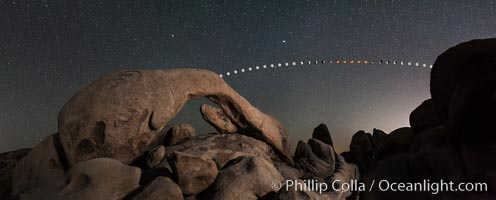
Lunar Eclipse and blood red moon sequence over Arch Rock, planet Mars above the moon, composite image, Joshua Tree National Park, April 14/15 2014.
Image ID: 29201
Panorama dimensions: 5835 x 14655
Image ID: 29201
Panorama dimensions: 5835 x 14655
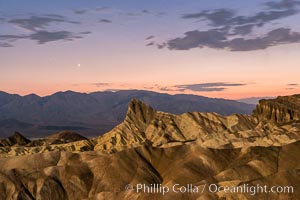
Venus sets over Manley Beacon and the Panamint Mountains, viewed from Zabriskie Point, landscape lit by a full moon, evening, stars.
Location: Zabriskie Point, Death Valley National Park, California
Image ID: 28677
Location: Zabriskie Point, Death Valley National Park, California
Image ID: 28677
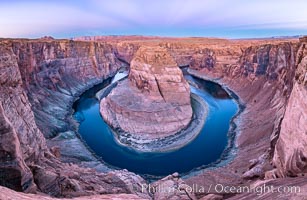
Belt of Venus over Horseshoe Bend on the Colorado River. The Colorado River makes a 180-degree turn at Horseshoe Bend. Here the river has eroded the Navajo sandstone for eons, digging a canyon 1100-feet deep. The Belt of Venus, or anti-twilight arch, is the shadow of the earth cast upon the atmosphere just above the horizon, and occurs a few minutes before sunrise or after sunset.
Location: Page, Arizona
Image ID: 37781
Panorama dimensions: 5719 x 8788
Location: Page, Arizona
Image ID: 37781
Panorama dimensions: 5719 x 8788
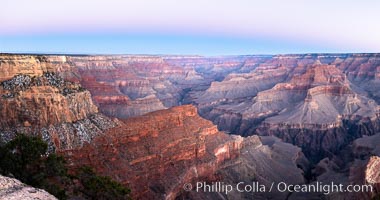
Belt of Venus over Grand Canyon at sunrise, viewed from Hopi Point on the south rim of Grand Canyon National Park. The Belt of Venus, or anti-twilight arch, is the shadow of the earth cast upon the atmosphere just above the horizon, and occurs a few minutes before sunrise or after sunset.
Location: Grand Canyon National Park, Arizona
Image ID: 37765
Panorama dimensions: 5409 x 10272
Location: Grand Canyon National Park, Arizona
Image ID: 37765
Panorama dimensions: 5409 x 10272

Belt of Venus and Earth Shadow at Dawn. The Belt of Venus is actually alpenglow visible near the horizon during twilight, above the antisolar point. Like alpenglow, the backscatter of reddened sunlight also creates the Belt of Venus. Unlike alpenglow, the sunlight scattered by fine particulates that cause the rosy arch of the Belt shines high in the atmosphere and lasts for a while after sunset or before sunrise.
Location: La Jolla, California
Image ID: 37476
Location: La Jolla, California
Image ID: 37476
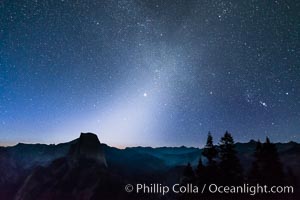
Zodiacal Light and planet Jupiter in the northeastern horizon, above Half Dome and the Yosemite high country.
Location: Glacier Point, Yosemite National Park, California
Image ID: 28745
Location: Glacier Point, Yosemite National Park, California
Image ID: 28745
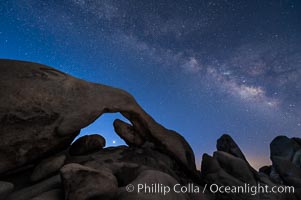
Arch Rock, Venus and Milky Way at Astronomical Twilight, Morning approaching, Joshua Tree National Park.
Location: Joshua Tree National Park, California
Image ID: 29231
Location: Joshua Tree National Park, California
Image ID: 29231
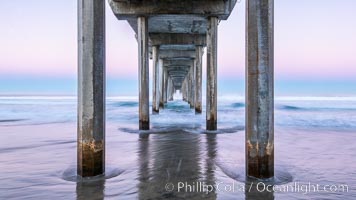
Scripps Institution of Oceanography Pier and Belt of Venus in pre-dawn light. The Earth's shadow appears as the blue just above the horizon.
Location: Scripps Institution of Oceanography, La Jolla, California
Image ID: 37697
Location: Scripps Institution of Oceanography, La Jolla, California
Image ID: 37697
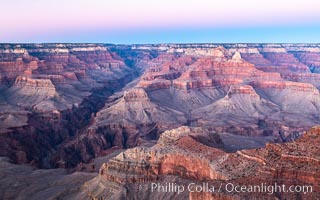
Belt of Venus over Grand Canyon at dusk, sunset, viewed from Mather Point on the south rim of Grand Canyon National Park. The Belt of Venus, or anti-twilight arch, is the shadow of the earth cast upon the atmosphere just above the horizon, and occurs a few minutes before sunrise or after sunset.
Location: Grand Canyon National Park, Arizona
Image ID: 37761
Location: Grand Canyon National Park, Arizona
Image ID: 37761
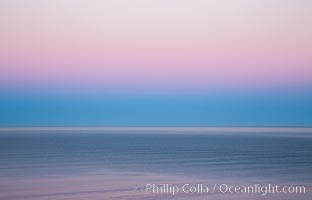
Earth Shadow over the Pacific Ocean.
Location: Torrey Pines State Reserve, San Diego, California
Image ID: 28371
Location: Torrey Pines State Reserve, San Diego, California
Image ID: 28371
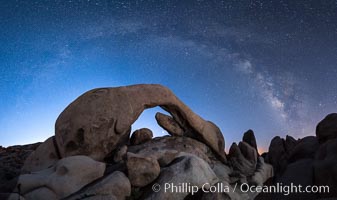
Milky Way over Arch Rock, planet Venus framed with the arch, at astronomical twilight, Joshua Tree National Park.
Location: Joshua Tree National Park, California
Image ID: 29198
Panorama dimensions: 9335 x 12912
Location: Joshua Tree National Park, California
Image ID: 29198
Panorama dimensions: 9335 x 12912
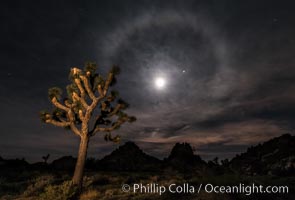
Lunar corona, or moon halo, also known as lunar nimbus, icebow or gloriole, occurring 22 degrees around the moon. Observed during the full lunar eclipse of April 14/15 2014. Planet Mars at upper right, blue star Spica to the right of the moon.
Location: Joshua Tree National Park, California
Image ID: 29229
Location: Joshua Tree National Park, California
Image ID: 29229

San Diego downtown city skyline and waterfront, sunset reflections and San Diego Bay. Earth-shadow (Belt of Venus) visible in the atmosphere.
Location: San Diego, California
Image ID: 27103
Location: San Diego, California
Image ID: 27103

San Diego downtown city skyline and waterfront, sunset reflections and San Diego Bay. Earth-shadow (Belt of Venus) visible in the atmosphere.
Location: San Diego, California
Image ID: 27102
Location: San Diego, California
Image ID: 27102
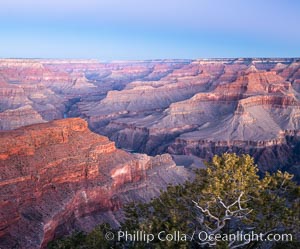
Belt of Venus over Grand Canyon at sunrise, viewed from Hopi Point on the south rim of Grand Canyon National Park. The Belt of Venus, or anti-twilight arch, is the shadow of the earth cast upon the atmosphere just above the horizon, and occurs a few minutes before sunrise or after sunset.
Location: Grand Canyon National Park, Arizona
Image ID: 37764
Location: Grand Canyon National Park, Arizona
Image ID: 37764
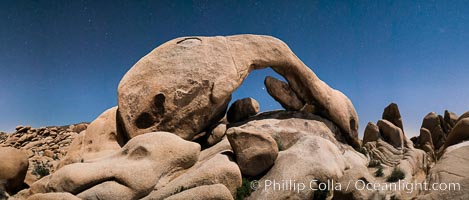
Planet Mars under Arch Rock, Joshua Tree National Park.
Location: Joshua Tree National Park, California
Image ID: 29192
Panorama dimensions: 7237 x 18721
Location: Joshua Tree National Park, California
Image ID: 29192
Panorama dimensions: 7237 x 18721
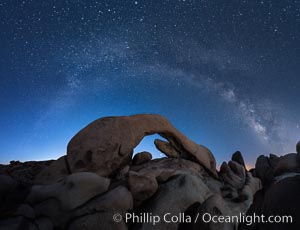
Milky Way over Arch Rock, planet Venus framed with the arch, at astronomical twilight, Joshua Tree National Park.
Location: Joshua Tree National Park, California
Image ID: 29199
Panorama dimensions: 8724 x 11400
Location: Joshua Tree National Park, California
Image ID: 29199
Panorama dimensions: 8724 x 11400
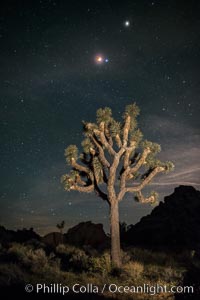
Full lunar eclipse, blood red moon, with blue star Spica (right of moon) and planet Mars (top right), over Joshua Tree National Park, April 14/15, 2014.
Location: Joshua Tree National Park, California
Image ID: 29205
Location: Joshua Tree National Park, California
Image ID: 29205
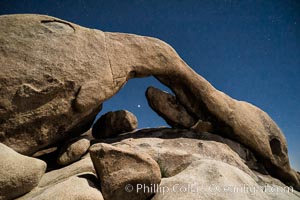
Mars under Arch Rock, Joshua Tree National Park.
Location: Joshua Tree National Park, California
Image ID: 29191
Location: Joshua Tree National Park, California
Image ID: 29191
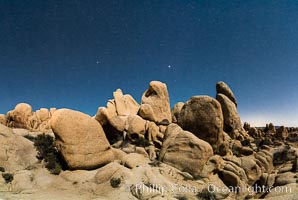
Joshua Tree National Park boulders under a night sky and stars. Mars is visible in the middle of the image.
Location: Joshua Tree National Park, California
Image ID: 29194
Panorama dimensions: 8650 x 12876
Location: Joshua Tree National Park, California
Image ID: 29194
Panorama dimensions: 8650 x 12876

Aphrodite of Milos, Aphrodite tes Melou, better known as the Venus de Milo, is an ancient Greek marble statue and one of the most famous works of ancient Greek sculpture. Created sometime between 130 and 100 BC, it is believed to depict Aphrodite, the Greek goddess of love and beauty (Venus to the Romans).
Location: Musee du Louvre, Paris, France
Image ID: 28097
Location: Musee du Louvre, Paris, France
Image ID: 28097
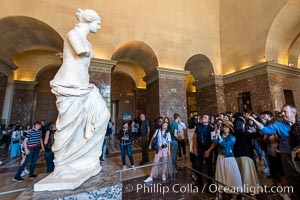
Venus de Milo and her admirers, Musée du Louvre.
Location: Musee du Louvre, Paris, France
Image ID: 35697
Location: Musee du Louvre, Paris, France
Image ID: 35697

Venus as Huntress Appears to Aeneas, Cortona, Musée du Louvre.
Location: Musee du Louvre, Paris, France
Image ID: 35708
Location: Musee du Louvre, Paris, France
Image ID: 35708
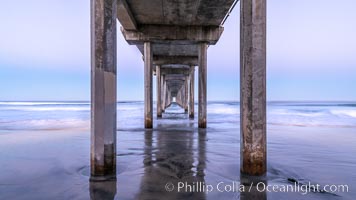
Scripps Institution of Oceanography Pier and Belt of Venus in pre-dawn light. The Earth's shadow appears as the blue just above the horizon.
Location: Scripps Institution of Oceanography, La Jolla, California
Image ID: 37696
Location: Scripps Institution of Oceanography, La Jolla, California
Image ID: 37696
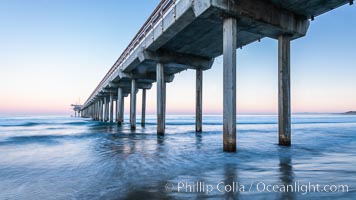
Scripps Institution of Oceanography Pier and Belt of Venus in pre-dawn light. The Earth's shadow appears as the blue just above the horizon.
Location: Scripps Institution of Oceanography, La Jolla, California
Image ID: 37698
Location: Scripps Institution of Oceanography, La Jolla, California
Image ID: 37698
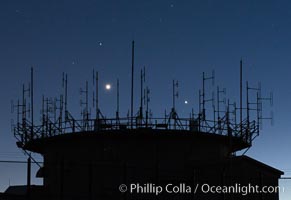
Jupiter (right), Venus (left) and stars at Night over Mount Laguna FAA Radar Site.
Image ID: 31042
Image ID: 31042
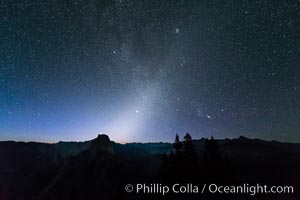
Zodiacal Light and planet Jupiter in the northeastern horizon, above Half Dome and the Yosemite high country.
Location: Glacier Point, Yosemite National Park, California
Image ID: 28743
Location: Glacier Point, Yosemite National Park, California
Image ID: 28743
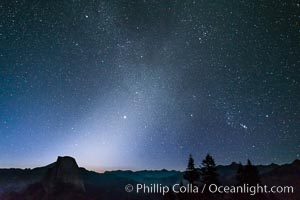
Zodiacal Light and planet Jupiter in the northeastern horizon, above Half Dome and the Yosemite high country.
Location: Glacier Point, Yosemite National Park, California
Image ID: 28744
Location: Glacier Point, Yosemite National Park, California
Image ID: 28744
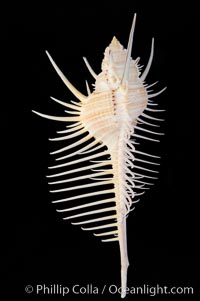
Venus comb murex. Scientists speculate that the distinctively long and narrow spines are a protection against fish and other mollusks and prevent the mollusk from sinking into the soft, sandy mud where it is commonly found.
Species: Venus comb murex, Murex pecten
Image ID: 12971
Species: Venus comb murex, Murex pecten
Image ID: 12971